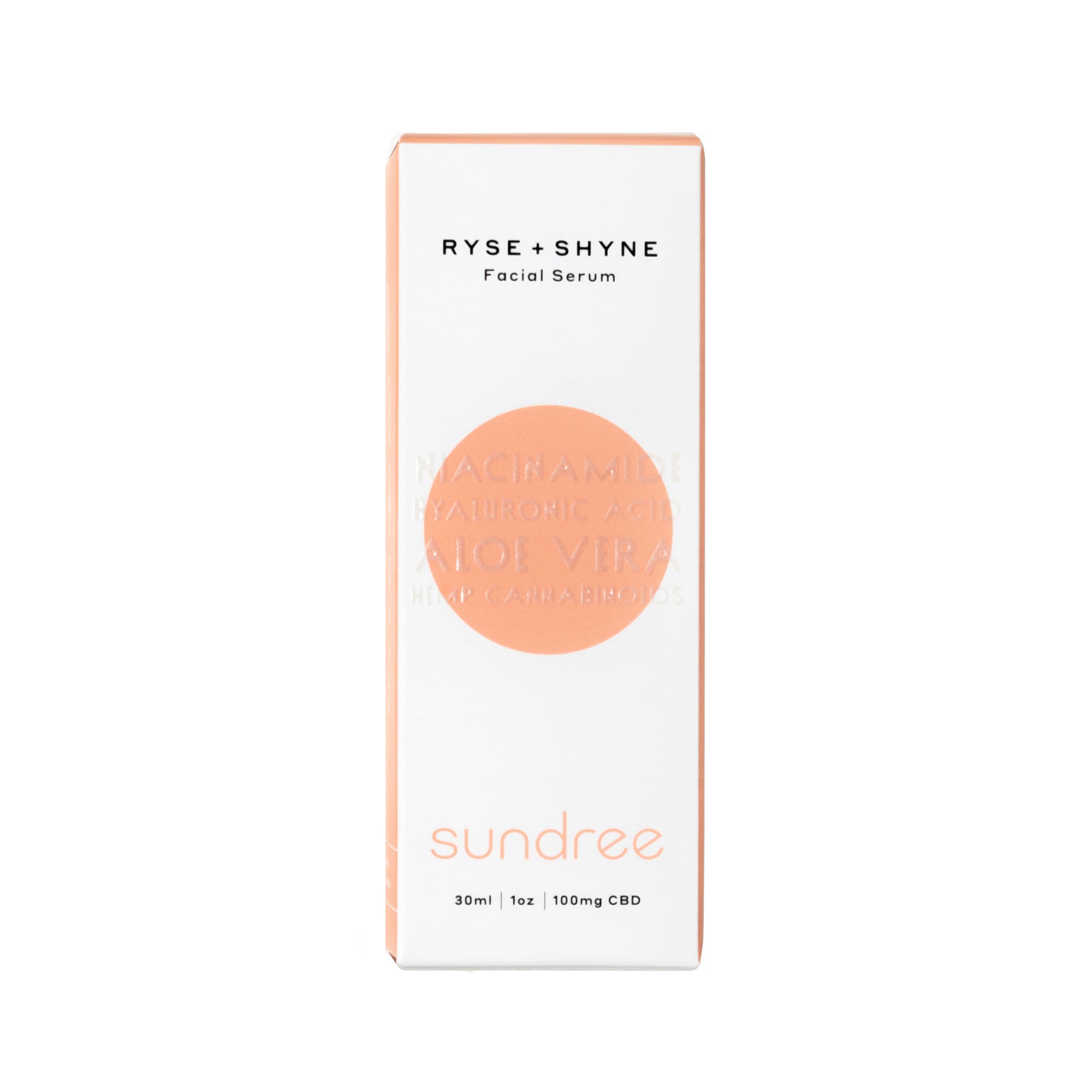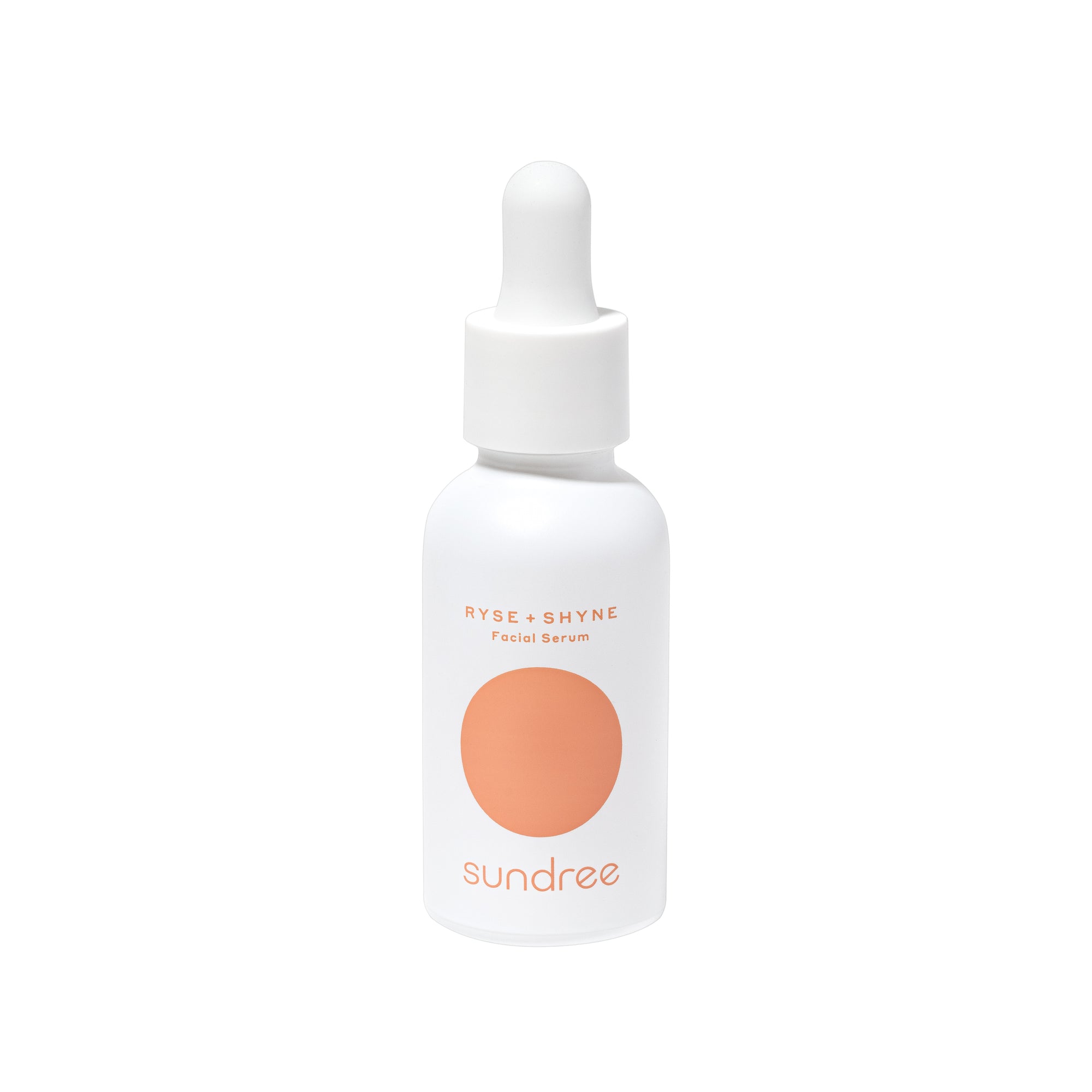No matter how hard we try to achieve and maintain healthy skin, skin imperfections and conditions can occur at any time making skin look unhealthy or dull. For example, Melasma is a skin condition that causes dark spots. It can be an uphill task to treat and prevent melasma if you fail to find its root cause and the right treatment plan. But, if you’re struggling to get rid of melasma and looking for ways to reduce and prevent it, you’re in the right place. Today, we’ll shed light on what melasma is, why it occurs, and how you can manage it effectively. So, keep on reading!
What is Melasma?
A common skin condition, known as Melasma, is characterized by the appearance of light and brown, patchy areas on the skin. Derived from the Greek language, the word melasma translates to “black spot.” In addition, the term is rooted in the word melanin, the pigment which gives your skin its color. Though this skin condition doesn’t cause physical symptoms, most people want to get rid of it.
What Causes Melasma?
The first and most crucial step towards managing and preventing any skin issue, including melasma, is knowing the factors causing it. Although it is still unknown what the exact cause is, melasma may result from an anomaly of melanocytes, the color-making pigment in the skin, leading to a higher production of these cells. Some of the potential triggers that may cause melasma are:
- Hormones: Hormonal imbalance is associated with melasma development, and women are at a higher risk because progesterone and estrogen are commonly behind this problem. Birth control medications and hormone therapy can affect hormones and trigger melasma.
- Sun Exposure: Prolonged and unprotected contact with harmful UV rays is also a leading factor affecting melanocytes and stimulates increased melanin production, leading to dark patches on the skin.
- Skincare Products: some skincare products with harsh ingredients can aggravate and damage the skin, causing discoloration or making melasma worse.
- Genetics: Some people may genetically be predisposed to developing melasma. If there is a history of melasma in your family, it may be best to take extra precautions to prevent melasma formation.
- Thyroid Disease: Thyroid problems are also seen to have a link with the formation of melasma. Hyperthyroidism which results due to reduced activity of the thyroid, may cause melasma.
How to Treat Melasma
Since melasma isn’t a harmful skin condition, it doesn’t have any adverse effects on the body. However, it may impact a person’s confidence and self-image. Therefore, most people seek to treat and reduce it. The question arises whether it is a treatable condition or not. Luckily, melasma is pretty much a manageable condition, and choosing the right treatment can help fade dark patches on the skin and prevent them from reappearing. Here are some of the most generally used treatments for melasma:
Topical Creams - Initially, your dermatologist may prescribe topical medications to inhibit melanin production, boost cell regeneration, and reduce inflammation. Commonly used topical creams to treat melasma are formulated using azelaic acid, hydroquinone, kojic acid, tretinoin, glycolic acid, and corticosteroids. Your dermatologist may prescribe a cream with one or a combination of these ingredients, depending on your skin and its needs.
Aesthetic Procedures - If your skin doesn’t respond well to topical medications, your skincare specialist might recommend one or a combination of the following procedures:
- Chemical Peels - A solution is applied to the skin to accelerate cell turnover and remove the outer damaged layer of the skin.¹ This will also promote the growth of newer, healthier cells.
- Laser Treatment - Specific skin lightening lasers are used to effectively break down the pigment on the discolored areas of the skin and lighten dark patches.
- Microdermabrasion - A specialized hand-held device is used to exfoliate the superficial layer of the skin, which sheds damaged cells and renews the skin faster.
- Microneedling - A tool with hundreds of tiny needles is used to induce micro-injuries on the skin and allow topical melasma treatments to absorb faster and deeper into the skin.
Oral Medications
In some cases, oral medications are used on their own or combined with other treatment options to hinder the synthesis of melanin in the skin and minimize the appearance of dark patches or melasma.
Even with all these treatments, we know it’s challenging to achieve the skin we strive for. At times we might have a breakout, a blemish, or dark spots. This can ultimately affect our mood, our energy, and how we perceive ourselves. The reverse is true as well. If we are feeling down or unhappy, whether in our hearts or minds, it can affect our attitude and how we perceive the world. At Sundree, we strive to find the balance and follow the mantra of happy skin, happy within. We formulated our products with the clear intention to help achieve healthy, happy skin to get one step closer to feeling happy within.
Ingredients That Help to Treat Melasma
Now that we have gone through different treatment options, here are a few ingredients used in medicated creams and mainstream skincare products that can help to manage melasma:
- Vitamin C - This powerful ingredient is proving to be a magical potion in the skincare world, thanks to its unlimited skin benefits, including its matchless skin brightening abilities. Vitamin C has the capability of limiting the formation of melanin in the skin. It does the job by reducing the activity of an enzyme, tyrosinase, responsible for melanin production. Its collagen-boosting properties also minimize discoloration and repair cell damage. Additionally, vitamin C prevents melasma by keeping the skin protected against UV rays, free radicals, and other pollutants in the air. Knowing the powerful ingredient Vitamin C, we knew we had to include it in Sundree’s RYSE+SHYNE Facial Serum. With the addition of Niacinamide, Hyaluronic Acid, Aloe, and CBD, this facial serum will help minimize fine lines, improve skin’s texture and brighten the skin.
- Kojic Acid - Kojic acid is among the most commonly raved-about skin lightening ingredients used for treating melasma and dark spots. Kojic acid is a byproduct produced during the fermentation of mushrooms, rice wine, or sake.² It reduces the level of melanin in the skin by suppressing the action of the amino acid, tyrosine, needed for melanin synthesis. The pigment-reducing action of kojic acid makes it ideal for all sorts of skin discoloration, including melasma. Antioxidants in it also offer cell-protective abilities to help prevent dark spots from forming.
- Hydroquinone - Most of us have heard of hydroquinone as a treatment that helps fade melasma and other types of hyperpigmentation. Hydroquinone is probably used as the first line of action to treat discoloration by most dermatologists. The course of action through which hydroquinone reduces melasma is similar to vitamin C. Both ingredients target and diminish tyrosinase activity, which minimizes melanin production. Hydroquinone can be found in the form of gel, cream, and lotion. You can usually find a 2% or less OTC hydroquinone. For a higher concentration, it’s best to consult a dermatologist.
- Retinol - This tried-and-true anti-acne and anti-aging treatment are just as effective in reducing dark patches on the skin. This vitamin A derivative works by encouraging cell turnover, which assists in repairing and renewing damaged skin. Removing the damaged and patchy skin faster helps to get rid of dark spots and melasma. Also, it boosts the level of collagen, which keeps the skin radiant and healthy. It’s recommended to start with lower concentrations of retinol to avoid any irritation or redness. Move from 0.25% to 1.0% as your skin develops tolerance to this ingredient.
- Alpha Arbutin - Alpha arbutin is a gentle ingredient that generally works well for all skin types and is often used as an alternative to hydroquinone due to its mild composition. We know that the higher production of melanin-producing cells is responsible for the appearance of dark patches on the skin. Alpha arbutin yields a pigment-reducing effect by ceasing the activity of enzymes that aid in the formation of melanocytes in the skin.
- Glycolic Acid - If you prefer chemical-based exfoliating agents instead of harsh scrubs, you might be familiar with glycolic acid and other AHAs.³ This widely used exfoliating compound is generally plant-derived and gentle. It’s obtained from botanical sources with high sugar content, like pineapple and sugarcane. Glycolic acid also works by stimulating rapid cell repair and renewal, leading to the removal of the epidermal layer of the skin. As it sloughs away the outer layer of the skin, the dark, patchy areas are also removed. Therefore, with regular use, you’ll notice a visibly brighter and even-toned complexion.
How to Prevent Melasma
The key to preventing melasma is accounting for the factors that can harm the skin and pave the way to dark spots on the skin. Once you manage to reduce and treat melasma, look out for the triggers that can bring it back, such as unprotected sun exposure. Using a broad-spectrum sunscreen can help save you from skin damage that leads to melasma. Also, use skincare products with gentle ingredients to avoid aggravating the skin.
Conclusion
Using the right ingredients and protecting the skin from external damage can help manage and prevent melasma. However, it takes effort and consistency to maintain healthy-looking skin. If topical creams, oral medications, and your usual skincare products are not working for you, see your doctor to decide the best treatment option.
Citations:
- Gotter, Ana. (2018). ‘What You Should Know About Chemical Peels’, Accessed August 3, 2021. Available at: https://www.healthline.com/health/chemical-peels
- De Pietro, MaryAnn. (2017). ‘Kojic acid: What you need to know’, Accessed August 4, 2021. Available at: https://www.medicalnewstoday.com/articles/319599
- Palmer, Angela. (2020). ‘How to Use Glycolic Acid in Your Skin Care’, Accessed August 6, 2021. Available at: https://www.verywellhealth.com/glycolic-acid-15774













